Explore Hiroshima - Japan Travel, Asia
Hiroshima, a vibrant city located on Japan's western Honshu Island, is renowned for its profound history and stunning attractions. As a gateway to understanding Japan's complex past and its hopeful future, Hiroshima offers travelers a unique blend of historical insight, cultural depth, and modern appeal. This bustling city, which survived one of history's darkest moments, has transformed into a symbol of peace and resilience, drawing visitors from around the world.
Embark on a journey beyond the ordinary—discover our premium Japan tours here for a truly unique travel experience.
Population: Approximately 1.2 million in 2019.
Economy: Served as the example of urban restoration and growth, Hiroshima is now one of the largest economic hubs and foreign investment in Japan.
Landmarks: Hiroshima Peace Memorial Park, Itsukushima Shrine, and Hiroshima Castle.
Japan
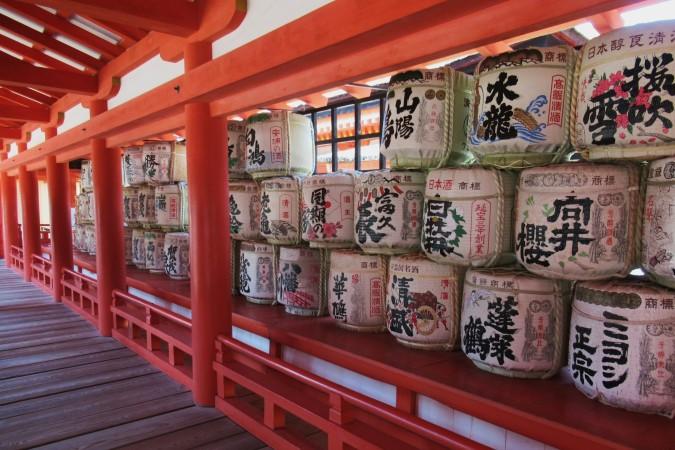
Overview of Hiroshima
History & Culture Influence
Hiroshima's history is deeply marked by the events of August 6, 1945, when the city became the target of the world's first atomic bomb attack. This tragic event left an indelible impact on the city and its people. Today, Hiroshima stands as a strong symbol of peace and healing. The Hiroshima Peace Memorial Park, a UNESCO World Heritage Site, commemorates this pivotal moment. Beyond its historical narrative, Hiroshima is a vibrant cultural hub. The city celebrates a diverse set of customs and events that emphasize its distinctive Japanese background. The influence of Japanese culture is evident in Hiroshima's architecture, art, and daily life, offering visitors a chance to experience traditional Japanese customs firsthand.
Interaction with The Locals
Hiroshima, a city in western Japan, has a population of approximately 1.2 million residents. As a vibrant and bustling urban center, it serves as the capital of Hiroshima Prefecture and is known for its historical significance, cultural heritage, and modern amenities. The city's diverse population contributes to its dynamic atmosphere, blending tradition with contemporary life.
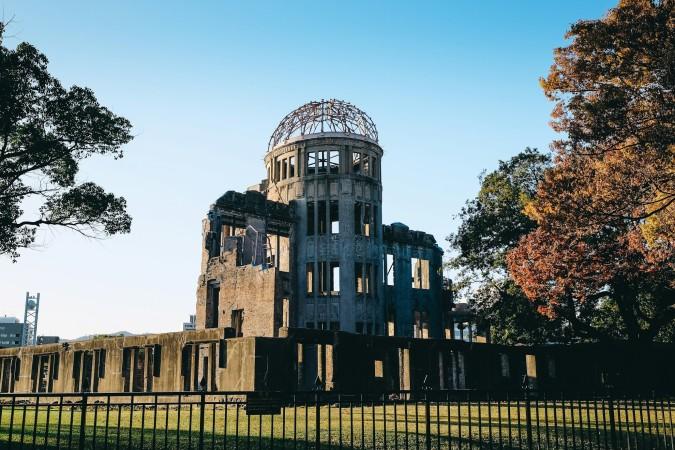
Hiroshima Peace Memorial Park - © Rap Dela Rea
Top Attractions in Hiroshima
Hiroshima Peace Memorial Park
The Hiroshima Peace Memorial Park is a must-visit for anyone traveling to the city. This expansive park, designed by architect Kenzo Tange, includes several important landmarks such as the Atomic Bomb Dome and the Peace Memorial Museum. The park’s tranquil setting and moving exhibits offer a reflective space to understand the city’s past and its commitment to peace.
Itsukushima Shrine (Miyajima)
A short ferry ride from Hiroshima takes you to Miyajima Island, home to the iconic Itsukushima Shrine. This Shinto temple, famous for its "floating" torii gate, is one of Japan's most photographed sites. During high tide, the torii gate seems to float on the sea, offering breathtaking views. The shrine, surrounded by lush forests and serene waters, provides a serene escape from the city.
Hiroshima Castle
Hiroshima Castle, often called Carp Castle, provides a look into Japan's feudal history. The castle’s impressive structure, rebuilt after its destruction during World War II, houses a museum that displays artifacts from the samurai period. Visitors can enjoy panoramic views of the city from the castle’s top floor, making it a fantastic spot for history enthusiasts and photographers alike.
Shukkeien Garden
For a peaceful retreat within the city, Shukkeien Garden is a beautiful example of traditional Japanese landscape design. This ancient garden from the Edo era boasts meandering walks, peaceful ponds, and finely maintained gardens. It’s an ideal place for a leisurely stroll or to experience a traditional Japanese garden setting.
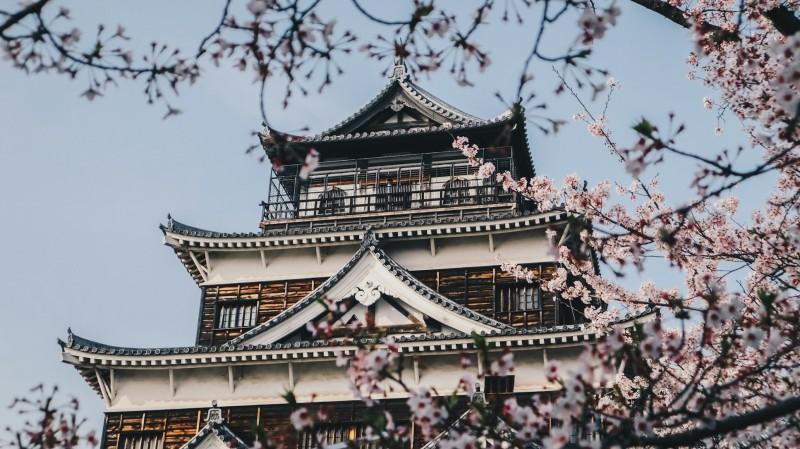
Hiroshima Castle - © Kenshi Kingami
Must-try dishes in Hiroshima
- Okonomiyaki: Hiroshima’s okonomiyaki is a savory pancake layered with cabbage, meat, seafood, and topped with a tangy sauce. A local favorite, it's cooked on a hot plate and customizable to your taste.
- Tsukemen: Tsukemen consists of cold noodles dunked in a hot, savory soup. This unique dish offers a refreshing twist and is often enjoyed with a variety of toppings.
- Soba and Udon: Try soba (buckwheat noodles) and udon (thick wheat noodles) in Hiroshima. Served in broths or stir-fried, these traditional noodles are comforting and flavorful.
- Hiroshima-style Goya Champuru: Goya Champuru, a local favorite, is a stir-fry of bitter melon (goya), tofu, pork, and veggies. Its unique bitter flavor combined with savory ingredients makes it a distinctive Hiroshima delicacy.
- Hiroshima-style Sushi: Hiroshima’s take on sushi often features fresh, local fish and seafood. Try Hamaguri sushi (clam sushi) or Anago sushi (sea eel sushi) for a taste of the city’s coastal bounty.
- Kaki Furai: Kaki Furai are breaded and fried oysters, offering a crispy exterior and tender interior. This dish showcases Hiroshima’s famed oysters in a deliciously crispy form, perfect for a snack or appetizer.
- Hiroshima-style Ramen: Hiroshima-style ramen has a clear, soy-based broth and thin, straight noodles. Topped with ingredients like sliced pork, green onions, and bamboo shoots, it’s a flavorful and satisfying bowl of noodles.
Looking for more adventures? Dive into Nikko, another famous destination in Japan, with our article here.
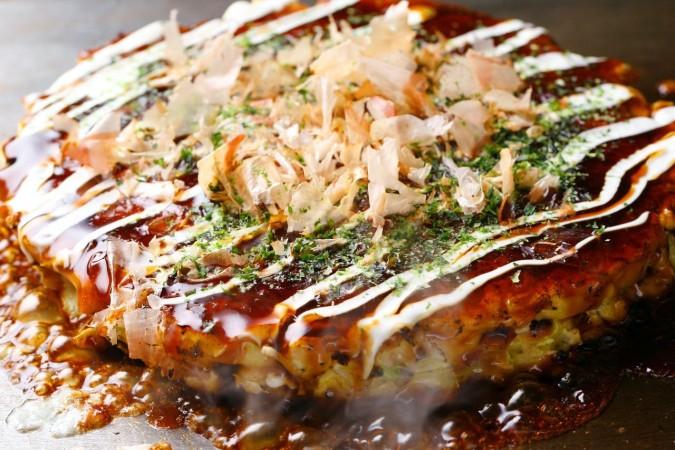
Okonomiyaki - © TokyoTreat
Festivals & Local Celebrations
Hiroshima Flower Festival
The Hiroshima Flower Festival is a vibrant celebration held annually in early May. This event transforms the city into a colorful floral display with parades, live performances, and flower-themed activities. Visitors can enjoy various entertainment options, including music, dance, and street food, all set against a backdrop of blooming flowers. The festival is a joyous occasion that highlights Hiroshima’s community spirit and appreciation for nature.
Miyajima Water Fireworks Festival
The Miyajima Water Fireworks Festival is a stunning event that takes place on Miyajima Island in August. This festival features a dazzling display of fireworks reflected in the waters surrounding Itsukushima Shrine. The night sky glows with bright hues, creating a wonderful environment. The festival also includes traditional music and food stalls, making it a memorable experience for both locals and tourists.
Hiroshima Carps Festival
The Hiroshima Carps Festival, held during the summer, commemorates the city's beloved baseball team, the Hiroshima Carp. This festival includes parades, performances, and various activities centered around the team and its fans. It’s a lively event that showcases Hiroshima’s sports culture and the passionate support for the Carp, adding a fun and energetic vibe to the city’s summer scene.
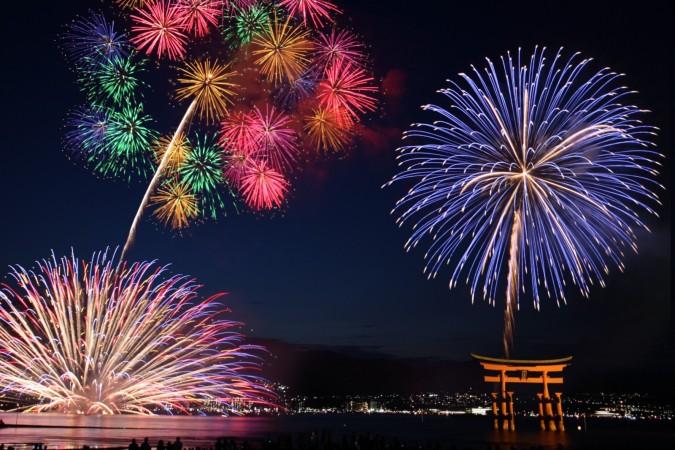
Miyajima Water Fireworks Festival - © Japan Web Magazine
What to Do in Hiroshima
- Visit the Hiroshima Peace Memorial Park: Explore the Hiroshima Peace Memorial Park, a moving tribute to the victims of the atomic bomb. The park includes the renowned Atomic Bomb Dome, the Peace Memorial Museum, and tranquil monuments.
- Visit Itsukushima Shrine: Take a trip to Itsukushima Shrine on Miyajima Island, renowned for its floating torii gate and stunning sea views. The shrine is a UNESCO World Heritage site and offers picturesque walking trails.
- Explore Hiroshima Castle: Discover Hiroshima Castle, also known as Carp Castle. The castle's ancient architecture and picturesque gardens offer an insight into the city's medieval history.
- Stroll through Shukkeien Garden: Relax in Shukkeien Garden, a historic landscape garden with tranquil ponds, traditional tea houses, and seasonal flora. It's an ideal location for a leisurely stroll and introspection.
- Miyajima Island Cruises: Enjoy a ferry ride to Miyajima Island for scenic views and cultural exploration. Besides Itsukushima Shrine, the island has hiking paths, friendly deer, and local handicraft.
- Experience Local Markets: Wander through Hiroshima’s local markets to sample fresh produce, seafood, and local delicacies. The bustling markets provide an authentic taste of Hiroshima’s culinary scene.
- Attend Local Festival: Join in the festivities at a local festival such as the Hiroshima Flower Festival or the Miyajima Water Fireworks Festival. These events showcase vibrant parades, traditional performances, and local culture.
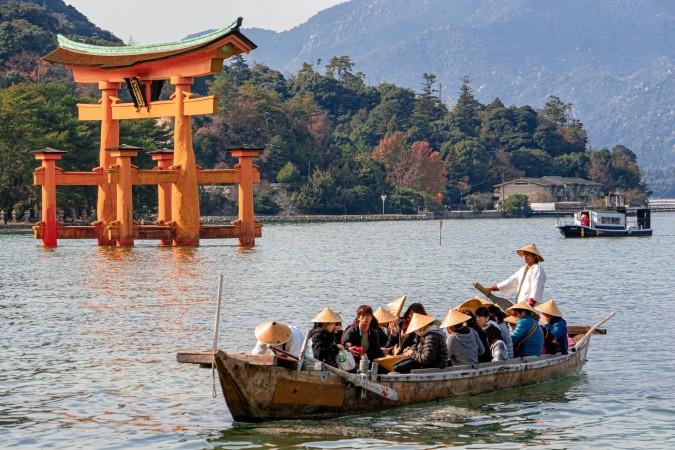
Visit the "floating" torii gate at Itsukushima Shrine - © Bing Hui Yau
Shopping in Hiroshima
Popular Shopping Districts
Hiroshima boasts vibrant shopping districts where visitors can find everything from high-end boutiques to local markets. The Hondori Shopping Arcade is a bustling pedestrian street lined with shops and eateries, perfect for browsing souvenirs and enjoying local snacks. Hatchobori is another popular area, offering a mix of fashion stores, electronics, and specialty shops.
Local Souvenirs
When shopping in Hiroshima, be sure to pick up local souvenirs such as traditional crafts and food items. Popular items include Hiroshima-style okonomiyaki sauce, handmade ceramics, and local sweets. These unique mementos capture the essence of Hiroshima and make for thoughtful gifts or keepsakes.
Marketplaces
Exploring Hiroshima’s marketplaces provides an authentic shopping experience. The Hiroshima Central Wholesale Market offers a glimpse into the local food scene, with fresh produce, seafood, and artisanal products. These markets are great places to experience the city’s culinary diversity and discover local flavors.
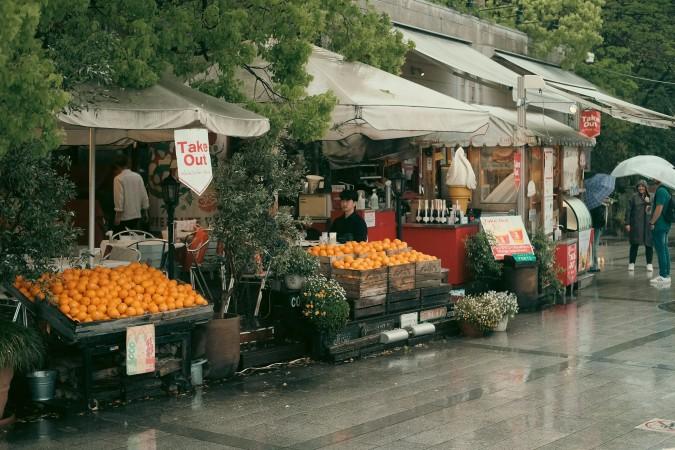
Strolling along the street for local souvenirs - © Vladyslava Andriyenko
Weather in Hiroshima: Best Time to Visit
Spring in Hiroshima
- Weather: Spring is one of the most popular times to visit Hiroshima. The city experiences mild temperatures ranging from 50-70°F (10-20°C) and low humidity, making it comfortable for sightseeing.
- Tourism Trend: This season is famous for its cherry blossoms, with iconic spots like Hiroshima Peace Memorial Park and Shukkeien Garden showcasing breathtaking floral displays. Visitors flock to see these beautiful blooms and participate in hanami (flower viewing) picnics, which are a highlight of the local culture.
Explore the unique charm of Nara, another must-visit place in Japan, in our article here.
Summer in Hiroshima
- Weather: Summer in Hiroshima brings hot and humid conditions, with temperatures often reaching 80-90°F (27-35°C).
- Tourism Trend: This season is lively with festivals such as the Hiroshima Flower Festival, which features colorful parades and cultural performances. Despite the heat, summer is also a great time to explore nearby attractions like Miyajima Island, where you can enjoy cooler breezes by the water and witness the Miyajima Water Fireworks Festival in August.
Autumn in Hiroshima
- Weather: Autumn is another favored time for travelers, with crisp and comfortable temperatures ranging from 60-75°F (15-24°C). The weather is an ideal opportunity for outdoor activities and sightseeing.
- Tourism Trend: The autumn foliage is particularly spectacular for sightseeing and photographing at places like Shukkeien Garden and Hiroshima Castle. This season also features various local festivals that celebrate the harvest and cultural traditions, adding to the city's charm.
Winter in Hiroshima
- Weather: Winter in Hiroshima is mild compared to many other parts of Japan, with temperatures typically ranging from 40-50°F (5-10°C). While it’s cooler, the weather is generally clear and dry.
- Tourism Trend: Although there’s less snow, the cool temperatures create a serene atmosphere perfect for visiting historical sites and enjoying hot dishes like Hiroshima-style ramen. Winter also offers a quieter time to experience local events and the city’s festive holiday decorations.
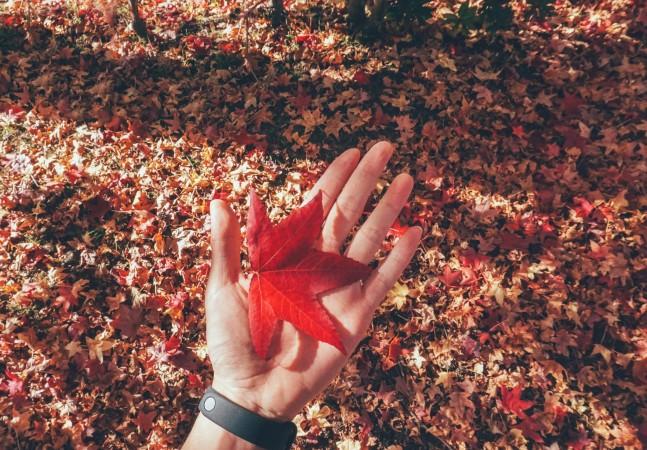
Autumn in Hiroshima - © HONG FENG
Culture Etiquette in Hiroshima
- Local Customs and Manners: In Hiroshima, as in the rest of Japan, politeness and respect are a must. It is usual to bow while greeting or thanking someone. Public manners are highly valued, so speaking quietly and keeping your phone on silent in public places is appreciated.
- Dining Etiquette: When dining, use chopsticks properly and avoid sticking them upright in a bowl of rice, as this resembles a funeral practice. It is respectful to say "Itadakimasu" before beginning your meal and "Gochisousama" after ending to express your appreciation toward your host.
- Shoes Off Indoors: When entering a home or certain traditional accommodations (like ryokans) and some restaurants, remove your shoes and switch to indoor slippers. This practice helps keep spaces clean and is a sign of respect.
- Handling Cash: When paying, use both hands to present money to the cashier. This is considered polite and shows respect for the transaction.
- Public Bath Etiquette: When using public baths (onsen or sento), thoroughly wash and rinse your body before entering the communal bath. Swimwear is not worn, and conversations should be kept quiet.
- Queueing: Follow the local practice of forming orderly lines at bus stops, train stations, and elevators. Respect the queue and wait your turn.
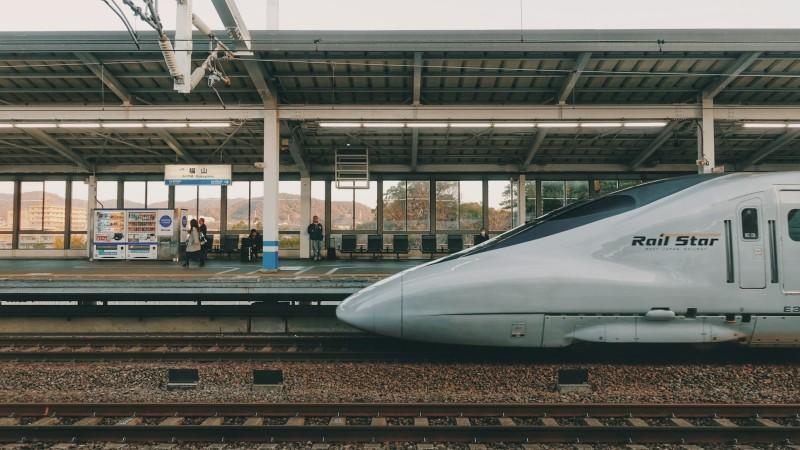
Shinkansen Station in Hiroshima - © Aika Kohama
Essential Travel Information
Getting Around Hiroshima
Hiroshima offers a well-connected public transportation system, including trams operated by the Hiroshima Electric Railway (Hiroden), which link major city areas and attractions, as well as buses and trains for broader coverage and connections to nearby cities. For added flexibility, visitors can rent a bicycle or car, though taxis are available and can be costly. Using ride-sharing apps or hailing cabs from designated stands is also common. To simplify travel, consider getting a Hiroshima Sightseeing Pass, which provides unlimited access to public transport and discounts at various local attractions.
ATM & Banking Services
ATMs are conveniently scattered across Hiroshima, including in convenience stores like 7-Eleven and FamilyMart, making it easy to access cash. While international credit and debit cards are widely accepted, having some cash on hand for smaller purchases is advisable. For banking services, major banks around Hiroshima provide a range of services, including currency exchange with a clear reasonable exchange rate.
Where to Stay in Hiroshima
Hiroshima offers diverse accommodation options to fit various preferences and budgets, including luxury hotels, mid-range hotels, guesthouses, and traditional ryokans, each providing unique experiences from modern amenities to traditional Japanese hospitality. For convenience, staying in central Hiroshima City is ideal, with areas like Nishi Ward and Hondori providing easy access to major attractions, shopping, and dining. To secure the best options, especially during peak times like cherry blossom season or festivals, it's advisable to book in advance.
Articles for you

Experience Aboard The RV Indochine II - A Mekong Cruise With Tweet World Travel
The RV Indochine II is a luxury river cruise ship, offering an unforgettable journey through many attractions along the Mekong River. Built in 2017, this upscale vessel combines colonial elegance with modern conveniences to create a comfortable yet stylish environment for its crew and passengers. The ship’s intimate size makes it ideal for those seeking a more personal cruising experience while exploring Vietnam and Cambodia rich culture, scenery, and heritage. Whether you're gazing at the landscape from your private balcony or enjoying authentic local cuisine, RV Indochine II promises an exotic adventure like no other.

Witness Stilt Fishing In Sri Lanka: An Eco-Tourism Experience
Sri Lanka, renowned for its stunning beaches and rich cultural heritage, harbors a unique tradition that has captivated travelers for centuries: stilt fishing. This ancient practice, passed down through generations of coastal communities, blends artistry with necessity, offering a glimpse into a way of life intimately connected to the island's coastal rhythms. Stilt fishing in Sri Lanka isn't merely a means to catch fish; it's a cultural emblem, embodying the resilience and ingenuity of Sri Lanka's fishing communities.

Make Your Trip Stress-Free With The Tweet Trip App
Embark on your next adventure with confidence by downloading the Tweet Trip App, available for both iOS and Android. This essential travel companion allows you to view your detailed itinerary, stay connected with your tour guide and fellow travelers, receive real-time updates, and provide feedback effortlessly. With features like in-app messaging, emergency assistance, and location sharing, the Tweet Trip App ensures you travel smarter, stay connected, and enjoy a seamless, worry-free journey. Get started today and make the most of your travel experience with Tweet World Travel.

Pedal Through Paradise: Unveiling Cambodia's Hidden Gems on Two Wheels
The gentle whir of bicycle wheels mingles with the distant chants of monks as you glide past emerald rice paddies stretching to the horizon. This is Cambodia - a sensory explosion waiting to be experienced on two wheels. At Tweet Tours, we believe there's no better way to immerse yourself in the Kingdom of Wonder than by bicycle.
Cambodia isn't just a destination; it's a living, breathing tapestry of ancient wonders, natural beauty, and vibrant culture. Our carefully crafted cycling tours take you beyond the typical tourist haunts, offering a unique perspective on this captivating country. Ready to clip in and discover the magic of Cambodia? Let's ride!

Trekking in the Himalayas: A Journey Through Nepal's Majestic Peaks
The Himalayas rise from the earth like colossal guardians, their snow-capped peaks piercing the sky in a display of nature's raw power and beauty. Nepal, nestled at the heart of this mountain range, serves as the gateway to some of the most breathtaking trekking experiences on the planet. Here, the air is crisp and thin, filled with the promise of adventure and the whispers of ancient tales.
With Tweet Tours, as you set foot on these hallowed trails, you're not just a traveler - you're a modern-day explorer, following in the footsteps of legendary mountaineers and age-old traders. Each step takes you further into a world where nature reigns supreme and human resilience is tested against the backdrop of some of the world's highest peaks.
From the moment your boots touch the ground in Kathmandu, you'll feel the pull of the mountains. The bustling streets of the capital, with their sensory overload of sights, sounds, and smells, soon give way to serene mountain paths where the only soundtrack is the crunch of gravel underfoot and the distant tinkling of yak bells.

Exploring Mui Ne's Wonders: Unique Attractions & Local Dishes
Nestled along the southeastern coast of Vietnam, Mui Ne emerges as a captivating gem, blending natural wonders with cultural richness. Renowned for its stunning landscapes and unique attractions, Mui Ne beckons travelers seeking both relaxation and adventure in equal measure. Mui Ne's renowned beach dunes, bustling fishing towns, and excellent local food await exploration at every turn.
The allure of Mui Ne lies not only in its pristine beaches and crystal-clear waters but also in its diverse range of activities catering to every traveler's whims. Whether you're drawn to thrilling water sports like kitesurfing and windsurfing on its dynamic shores or seeking tranquility amidst the picturesque Fairy Stream, Mui Ne promises an unforgettable journey filled with discovery.
